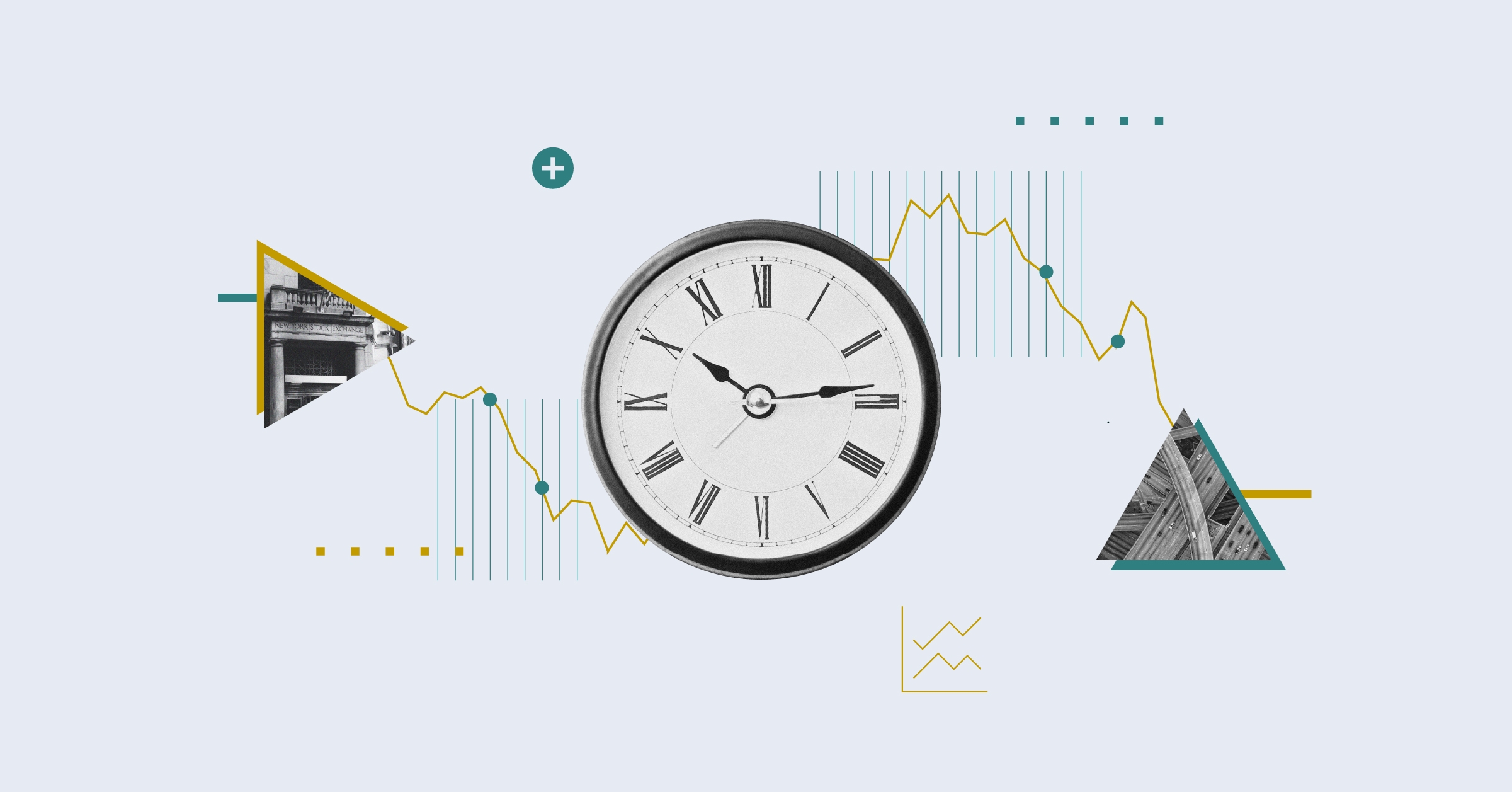
When we hear that inflation has gone up or down, followed by a single aggregate number - the CPI – we’re discussing price variations in a wide array of items from food to shelter, gas, and even insurance. It’s useful information, but it comes with the caveat that there’s always more than meets the eye. But first, what goes into it?
Consumer prices are first collected by Statistics Canada, who then assigns them percentage shares of a total consumer basket, from which it produces an “all-item” index, usually called “headline” inflation – or deflation. Based on the StatCan numbers, the Bank of Canada also assembles a CPI that it divides into three categories: trim, median, common.
StatCan’s numbers and the Bank of Canada’s don’t necessarily align, however. For example, StatCan’s aggregate CPI for the past months of February, March and April is 0.1%, -0.9% and -0.7% respectively, while the 12-month CPI for the period ending with April 2020 is -0.2%. The Bank of Canada’s reading for that same 12-month period is 1.8% for the “trim” index, 2.0% for the “median” one, and 1.6% for the “common” one.
One might wonder if the two institutions are following inflation in the same country. However, if you take the food and energy components out of StatCan’s all-item index, the two CPIs align more closely: for the 12 months ending with April, StatCan’s index comes up to 1.3%, the Bank of Canada’s, to 1.6%.
Managing Rates for the Long Run
The Bank of Canada’s CPI strives to identify the underlying, or core, drivers of inflation by snipping off outlying price movements that are temporary. For example, the recent price swings of gas will be “trimmed” out of the Bank’s indicator to arrive at price trends more likely to endure. That’s how the “trim” measure excludes CPI components whose rates of change in a given month are located in the tails of the distribution of price changes. The median measure, for its part, focuses on price changes located at the 50th percentile of price distributions.
“The StatCan index is a ‘coincidental’ indicator: it follows prices as they evolve from month to month, explains Benjamin Reitzes, Canadian rates and macro strategist and BMO Capital Markets. The Bank of Canada’s index is a lagging one: it tries to find the core movements in prices to adjust interest rates in the longer term. It has tended over time to be a good predictor. It takes 18 to 24 months for the Bank’s rates to have their full impact on the CPI and the economy. The Bank targets a 2% inflation on the ‘headline’ two years down the road, and it makes policy to reach that target.”
The CPI impacts countless areas of the economy, most often by the expectations it creates. If inflation is moving up quickly, for example, workers will demand that their wages be adjusted, landlords will raise rents – and investors will expect the central bank to crank up interest rates, potentially leading to a slowdown in the stock market and a reshuffling of bond portfolios. Of course, some products, like real return bonds, are directly linked to the CPI, Reitzes points out.
The trick with the CPI is to take a snapshot of price movements as true to reality as possible. What portion do you allot to gas in the consumer’s basket? What portion to shelter? What portion to food? StatCan has devised relative weightings of countless items that try to account for the fact that, for example, a wild swing in the price of poultry will have a smaller impact than one in the price of gas.
These hundreds of sub-components are aggregated into seven major basket categories where shelter has the largest weighting of 27.4%, and transportation, food, household operations, and recreation, weightings of 20%, 16.5%, 12.8%, and 10.2% respectively.
Different Every Day
The CPI is a creature constantly evolving. Statisticians have taken care, for example, to eliminate DVD rentals from the “recreation” basket while Internet access services have increased their share from 0.53% in 2005 to 1.06% in 2017.
With all the numbers involved, one could think that the CPI is a hard, rational and quantitative index. Far from it. Sure, countless prices are collected at cash registers, but many others are arrived at by modelling and tweaked according to “expert judgment”. For example, if the price of beef moves up drastically, must one assume that people will opt for pork? And how many will do so? Or take the case of rents. “Numbers were extraordinarily stable since 1992, showing only 1% or 2% yearly inflation, illustrates Reitzes. But that was nowhere near the reality. Last year, StatCan changed its way of calculating them and that showed a much more realistic increase of 3.6%.”
Discrepancies like that explain to a large extent why people perceive that real inflation is in fact higher than what the CPI reports. Some consumer items, especially in services, can show steep increases, for example the price of a haircut or of a plane ticket. “People remember some items specifically because an increase surprises them, but is it a significant piece of the basket?” Reitzes points out.
With computers, electronic networks and the Internet, one could expect that StatCan will have access to an increasingly massive and detailed set of price samples. For example, it presently collects some staple prices directly from point of sale machines. Reitzes points to the Billion Price Project that follows price movements on millions of items. “But those are only online transactions, and can you really trust what you buy online? he asks. Can you trust all the numbers the private sector gives you?
That’s probably why the CPI will, for still a long time to come, “remain a conundrum”, as Reitzes characterizes it. Still, as a specialist who has delved in the CPI for many years, he judges that “over time, the CPI does a good job of calculating the evolution of prices for the average Canadian”.
How exposed is your equity?
Get the global makeup of equity indexes with our free tool here








.jpg)










